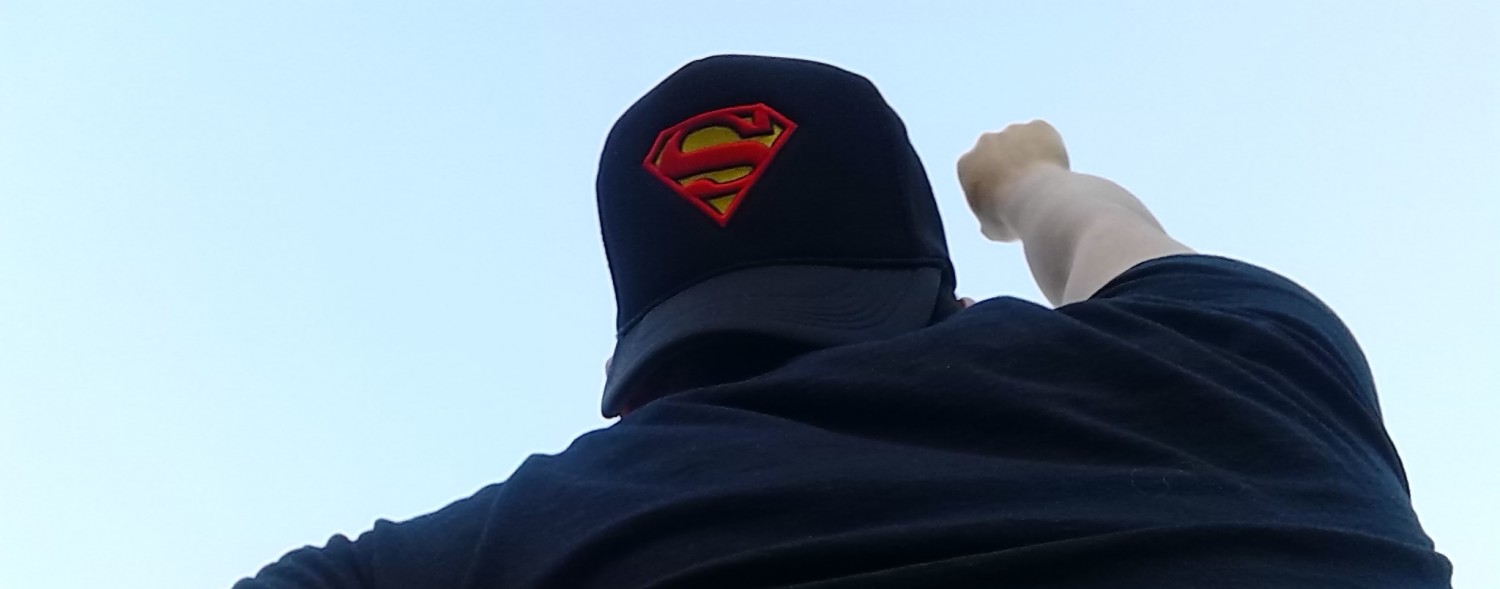Once again today we were at the all-girls Catholic school. It was almost like we were celebrities the way everyone kept on approaching and talking to us. As a last minute decision, we were asked if we wanted to accompany a group of girls on their field trip to a Jewish holocaust museum. It was a coincidence that three girls just happened to no show up so there were just enough space for the three of us to tag along. This was a good experience for us to help out as chaperons for a field trip because I haven’t experienced a field trip during my practicum. This groups of girls were pretty easy to manage and chaperon because we were split up into three groups and each group had a guide. Having a guide helped keep all the girls together and traveling at the same pace.
If there were no guides, I think it would be a good idea to give all the girls a worksheet to complete to be handed in (this gives them something to do and to actually look at exhibits instead of just running through the whole thing and wasting time at the end). I would also set a meeting time and place so that the girls have a target time to complete by.
On a side note, the museum itself was an interesting experience. I thought some of the exhibits and artifacts were great to see, but there was a lot of emphasis on how the Jews were victimized. The whole concept built around the museum was supposed to be to build tolerance for everyone, but by focusing on the victims makes it seem more like a pity party than a museum to educate people about what happened. Within the museum there was another part that described other forms of genocides, such as the Rwandan Genocide. In this exhibit, they talked about the Tutsi and the Hutu ethnic groups and how each one would attack and kill the other when one group was in power. From my knowledge, there is actually another subgroup that is neither Tutsi or Hutu, but live amongst the other two groups. This group was never even mentioned in this exhibit. I feel like if they wanted an example of tolerance, then this subgroup (Sufi’s I think?) would be the best example of tolerance because they were the ones that did not take any sides, instead they lived with both groups. The same way with the Jewish holocaust exhibit, there could have been some sort of mention of tolerance from the victims’ perspective, instead of only noting the bad things that happened to the Jews caused by the German Nazis. Nevertheless, it was interesting to look at all the artifacts, but it was just the message that they wanted to portray that was lacking (in my opinion).
